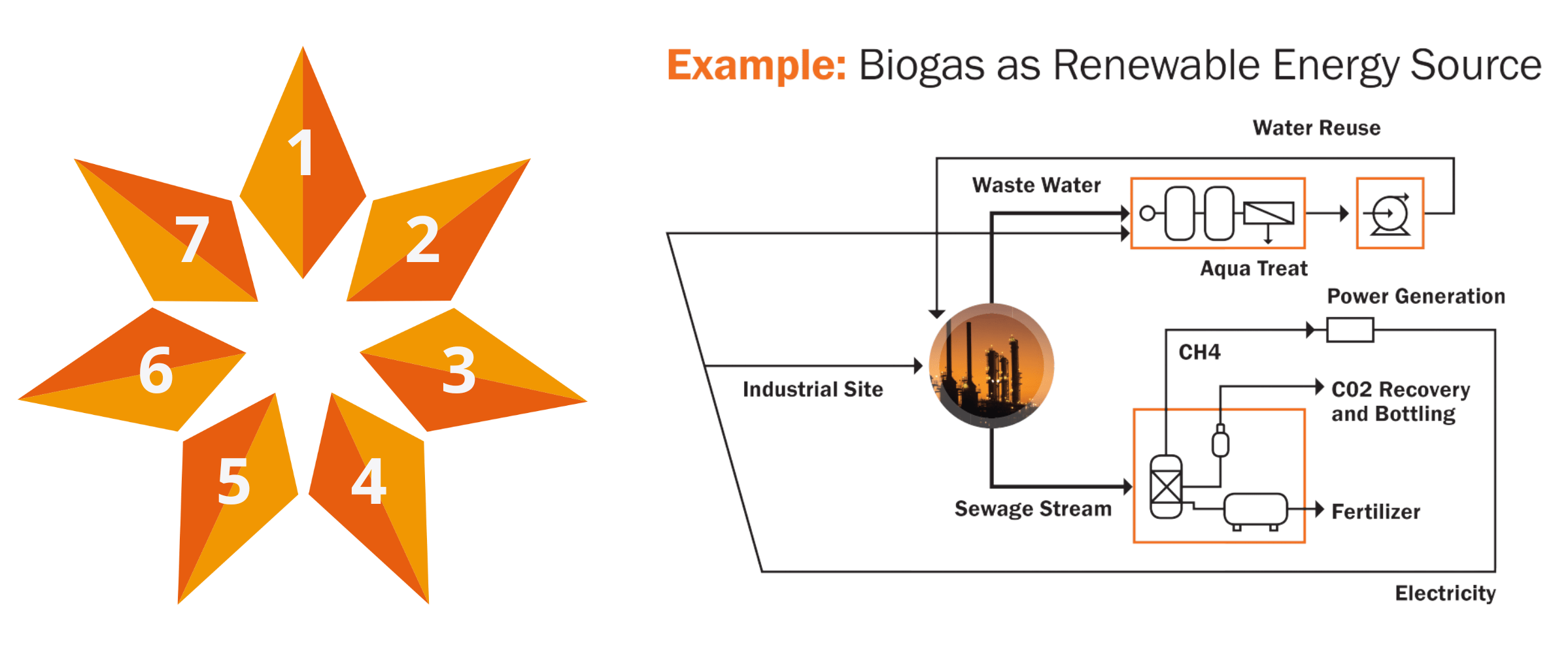The new HSSES Seven/Seven Method for Energy Systems provides a cost effective system for managing Health, Safety, Social, Environment and Security through maximum use of existing systems and work processes and implementation of the EP-Risk Tool for effective and proportionate hazards and risk management.

A seven element ‘Plan-Do-Check-Act’ Model Management System to ensure the structured use of existing systems and work processes, is the first check in the process.
In order to select personnel for the management of HSSES, the RACIS Chart (Responsibility, Accountability, Concurrence, Information, Support) method is applied to define clear roles and responsibilities. The Energy Institute method of Capability Maturity Modelling (CMM) is applied to test the “health” and alignment of the Health, Safety, Social, Environmental and Security Organisation and identify gaps in the System.
HSSES Hazards Identification, Evaluation, and Risk Manage to secure all risks are in check via the use of EP-Risk Tool. Log incidents, perform investigations, risk rank, and log risk reduction plans in EP-Risk. Manage and demonstrate ALARP through EP-Risk Tool.
A criticality approach is applied to the hazards and risk management process, which makes risk management proportionate and cost-effective: This is a three-stage assessment process executed in our proprietary application EP-Risk. The result is a priority action plan and a dashboard which provides a snapshot of the company's HSSES Risk Profile.
The HSSES Seven/Seven process along with RACIS chart, will support developing a fit for purpose, lean and independent HSSES Organisation and secure the right level of independence, accountability, responsibility and decision making.Should you want support in implementing this lean, risk reducing and cost saving approach, please contact us on enquiries@ep-consult.co.uk








